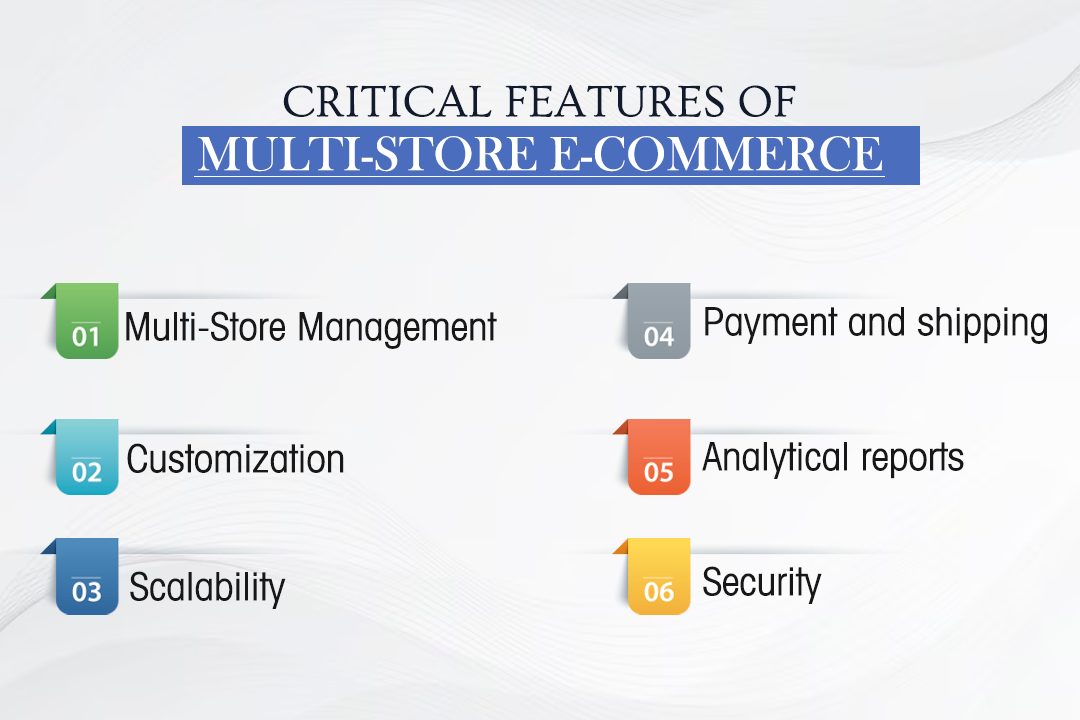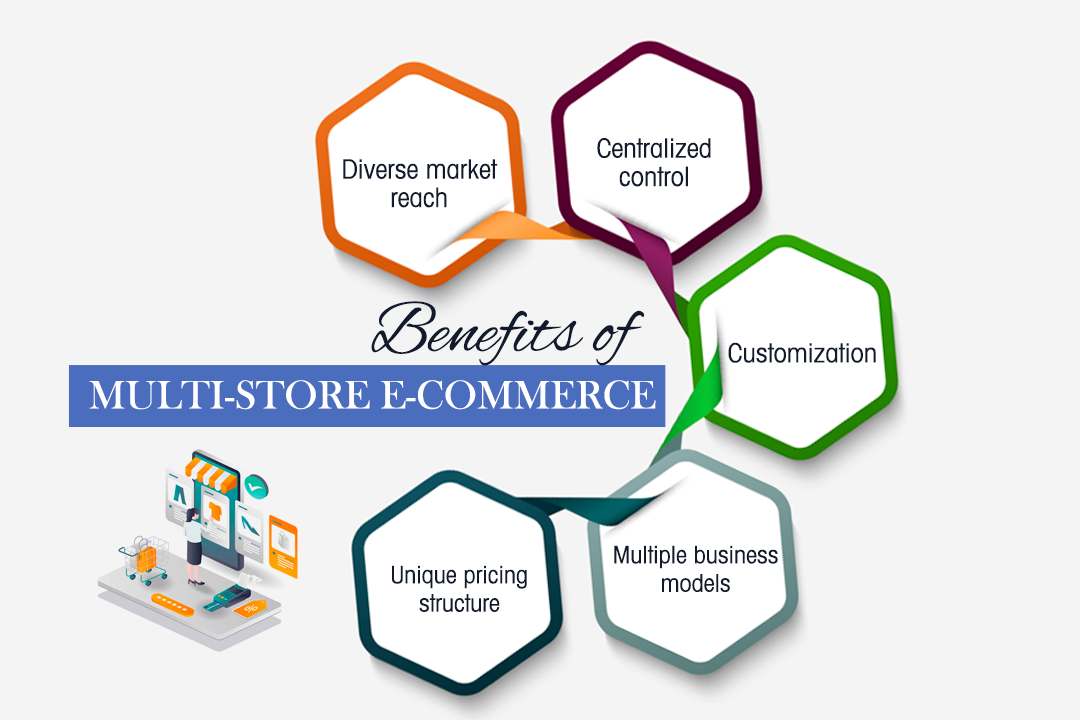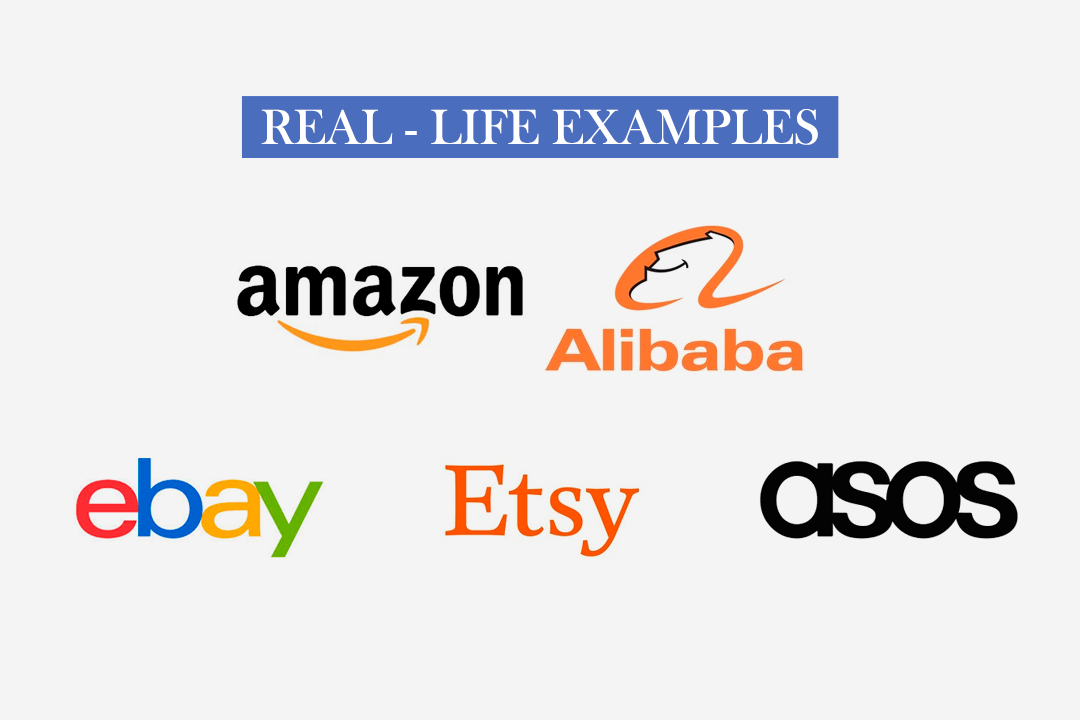Do you want to introduce fresh products or explore a new industry? Or do you already have one online store and want it to expand more? Well, multi-store e-commerce indeed has a charm and benefits to bring.
Statista’s report shows that 5.7 trillion U.S. dollars of retail e-commerce sales were estimated in 2022. Around 2023 to 2027, with a 14.1% CAGR, India will be on top in retailer e-commerce development. In 2021, Alibaba proved to be the largest e-commerce retailer globally. And in 2022, the world’s most popular one is Taobao. Moreover, Amazon’s traffic is nearly 3.2 billion visitors per month.
You must understand how and why it can be a game changer to your business. So, let’s start by knowing multi-store benefits, downsides, and some real-life examples.
What is a multi-store e-commerce platform?
multi-store e-commerce platform lets you manage multiple online stores through an interface. You have a centralized facility to control sales, inventory, customer details, etc. The platforms make your management a lot easier and more scalable. Famous multi-store examples are Amazon and Alibaba.
Critical features of multi-store e-commerce

Multi-store management
Customization
Scalability
Payment and shipping
Analytical reports
Security
The evolution of multi-store e-commerce
Mobile commerce
Globalization
AI and data analytics integration
Benefits of multi-store e-commerce

Diverse market reach
Centralized control
Customization
Multiple business models
Unique pricing structure
Downsides of multi-store e-commerce
Management complexity
Needs intricate strategies
Unforeseen resources
How to manage multi-stores
Real-life examples

Amazon
Alibaba
eBay
Etsy
ASOS
Conclusion
There will be additional efforts you’ll have to make when you want a multi-store e-commerce approach in your business. However, those efforts offer you more than that in return. Plus, it’s simple to manage them nowadays.
Many famous enterprises and startups are adopting the multi-store approach. Targeting the right audience, customer-centric products, robust logistics, and a user-friendly centralized interface of the stores can help you reach your goals.
With our services, you get easier usage in online stores. Let’s talk today about your business ideas. We’ll help you with building websites or mobile apps for your e-commerce.

Leave a Reply